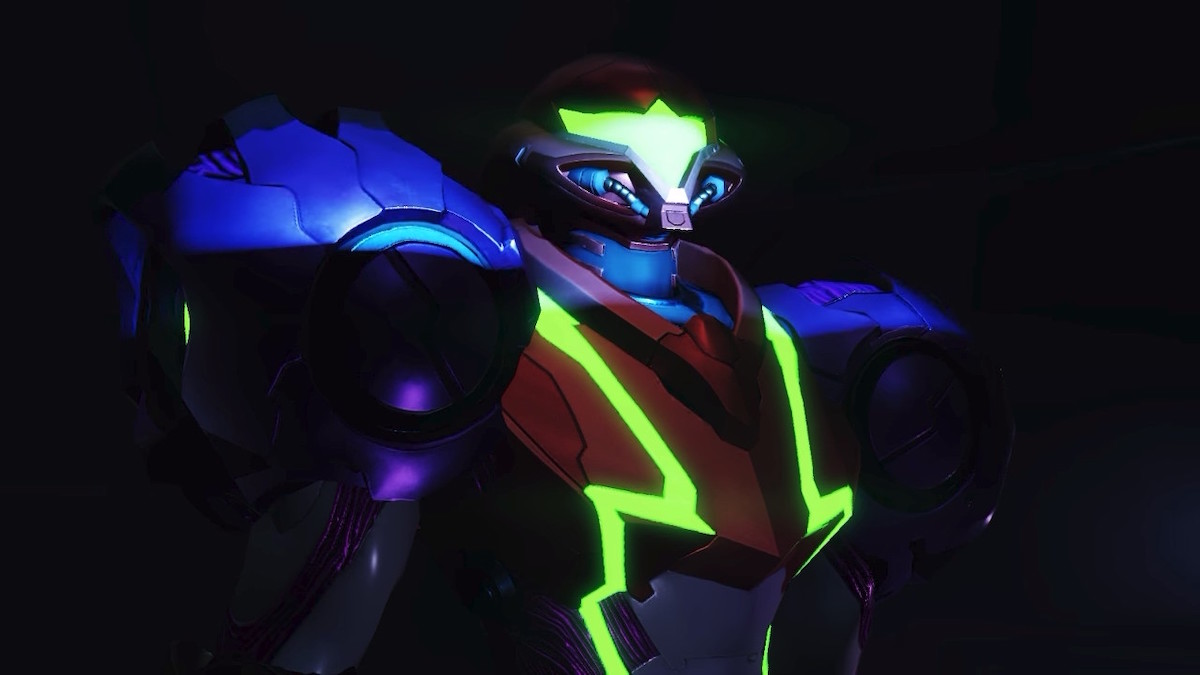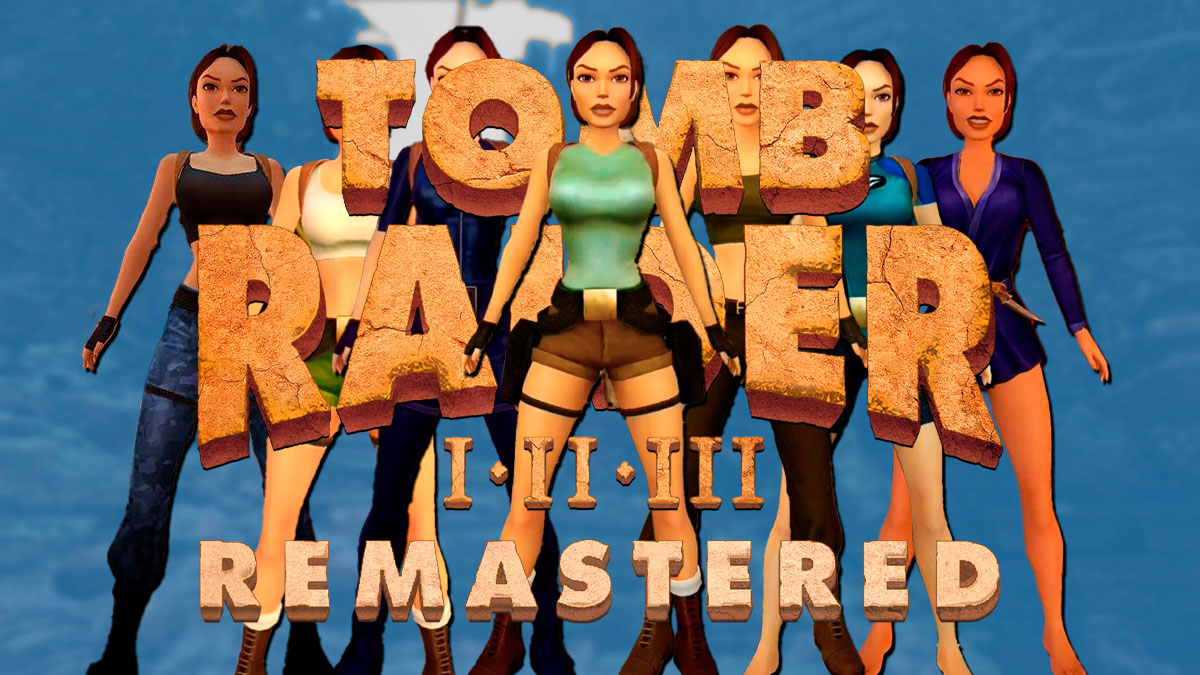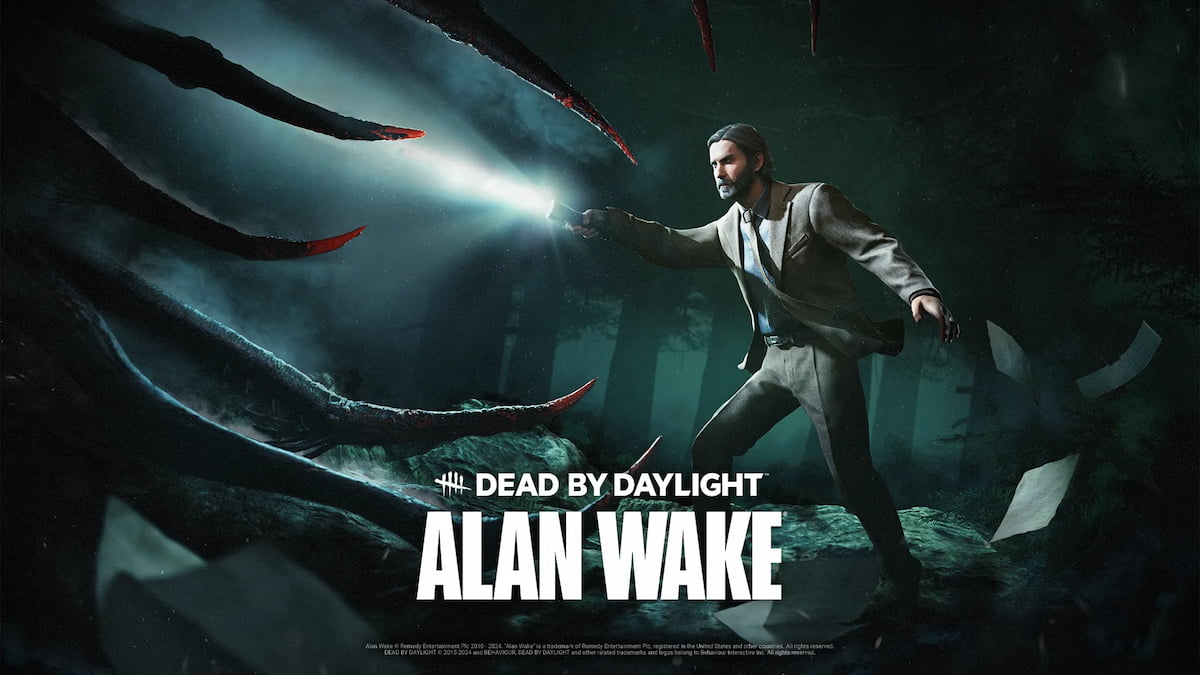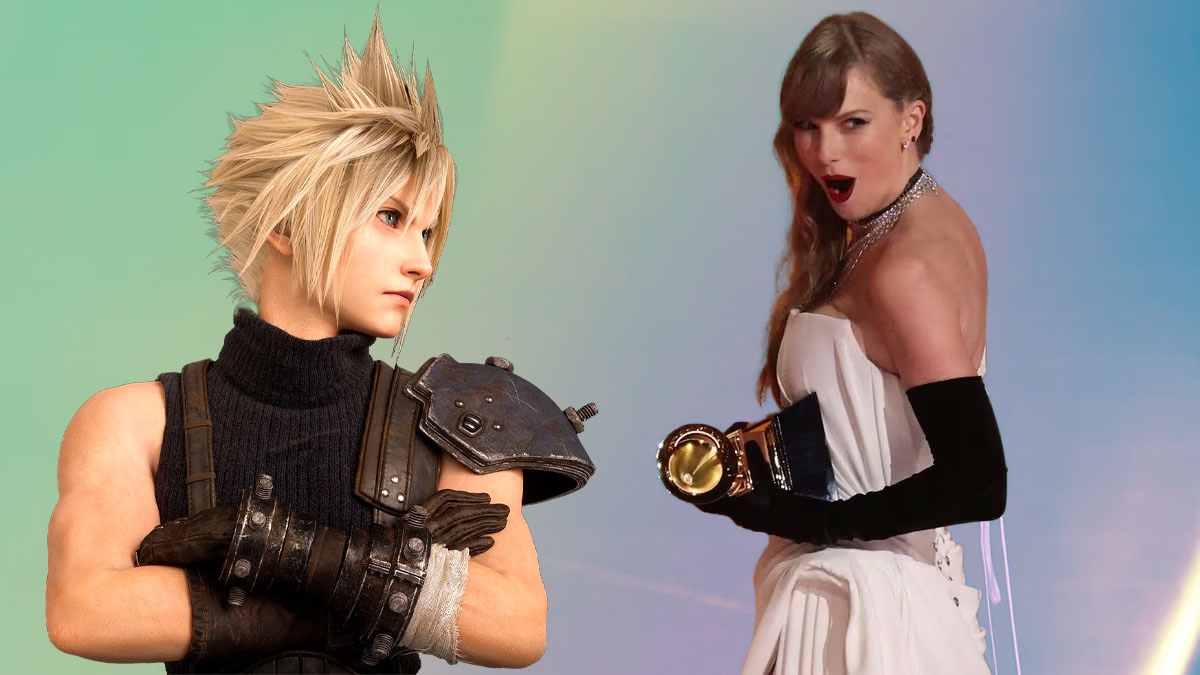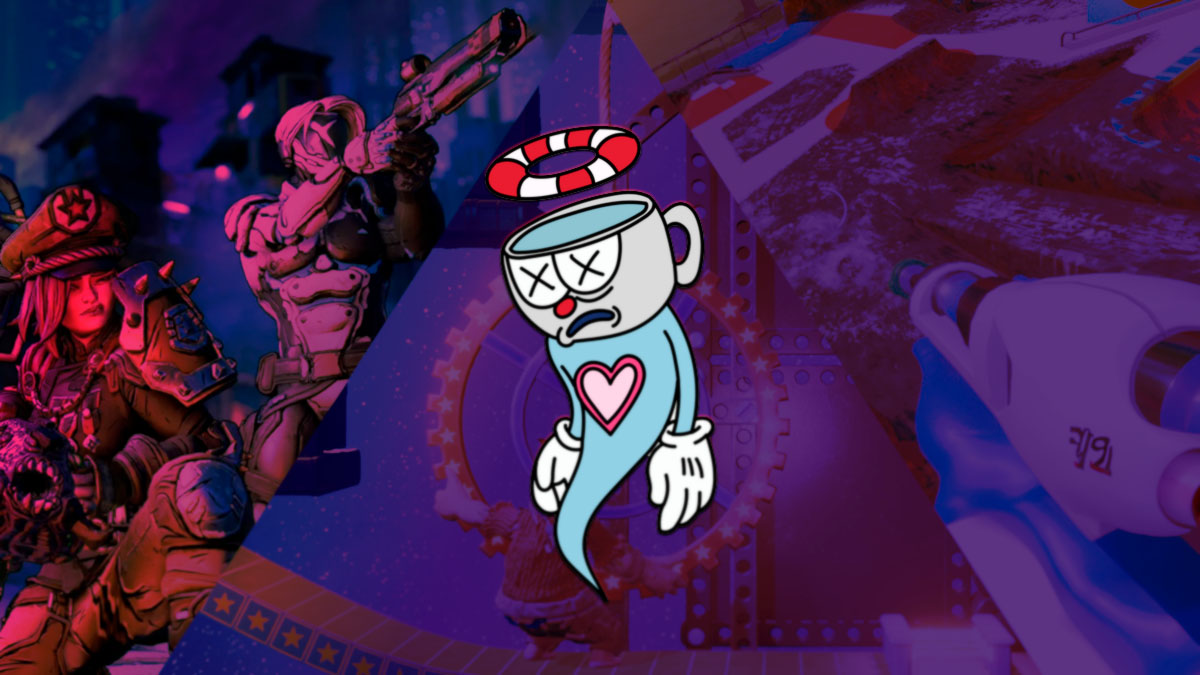Samus Aran is anything but a chatterbox in Metroid Dread. After mountains of monologues in 2010’s Metroid: Other M, Dread represents a true return to form, not just in terms of gameplay but in tone. With a magnetic sense of style and atmosphere, Dread puts the Metroid series on the right path, maintaining the ideals of the original games with modern sensibilities and technology. Samus is once again depicted as a cold and steely operative with little to say — yet she’s never been more expressive or compelling as a character as she is now.
Relatively early in the story, Samus encounters the classic boss character Kraid. After dropping down into the giant reptile’s domain, Samus puts up a combat stance. As Kraid emerges through the smoke, Samus realizes that this is one of her reoccurring adversaries, she lowers her arm cannon, her body language expressing surprise and curiosity — she then casually charges her beam and shoots straight into Kraid’s open mouth. By the end of the fight, a cutscene has Samus dodging a dying Kraid’s desperate attacks with heightened reflexes without flinching, in movie action “badass” fashion.

With no dialogue, and with a protagonist wearing a helmet over her head and without visible facial expressions — save for a few moments of close-ups of her visor — Metroid Dread finally gave series devotees a modern version of the Samus Aran they always imagined her to be. The Kraid scene in particular almost felt like a direct response to Other M’s infamous Ridley cutscene, in which Samus verbalizes her fear and freezes in complete shock. It’s a controversial moment that fans insist is out of character, one that defined that game’s approach to storytelling. The Kraid scene in Dread, on the other hand, is able to convey shifting emotions and mixes of both vulnerability and confidence, silently in just a manner of seconds.
Ultimately, Other M was a misfire, an overwritten project trying to answer questions about a character that players have never asked. It was proof that there isn’t a need for a traditionally quiet series to incorporate long animated cutscenes simply because the technology allowed them to. All dialogue Samus had to offer in Other M was empty and meandering, whereas she has but one line in Dread that is more powerful than all of her Other M orations combined. Nintendo certainly has a right to tell a story — Fusion, the Prime games, and even Dread itself are full of exposition and dialogue. But at their core, the technical limitations of classic games helped to define the silent, dreadful feeling of the Metroid series.

And now with the power of the Switch hardware, Nintendo can wrap these core ideas in more cinematic and visually splendorous trappings. Metroid Dread does this for Metroid as The Legend of Zelda: Breath of the Wild and Super Mario Odyssey do so for their respective franchises. All three titles center around traditionally silent protagonists and play to their respective franchise’s strengths, while story is still at the mercy of gameplay.
All three games gave players access to large, explorable environments, but Dread kept everything confined and claustrophobic. You could explore where you wanted — provided you had the right equipment — but there is fear and risk involved. All three of these games are meant to get you in a rhythm, but Dread was specifically designed to break that rhythm. Environments will suddenly change, unexpected boss battles will initiate, and you’ll casually run into gargantuan, seemingly impossible to beat enemies when scrolling to the right. Even if you have this feeling of direction and purpose, with a useful map to guide you, Metroid Dread is a game where the guardrails are out, with a constant feeling of urgency and without a moment of guaranteed safety.
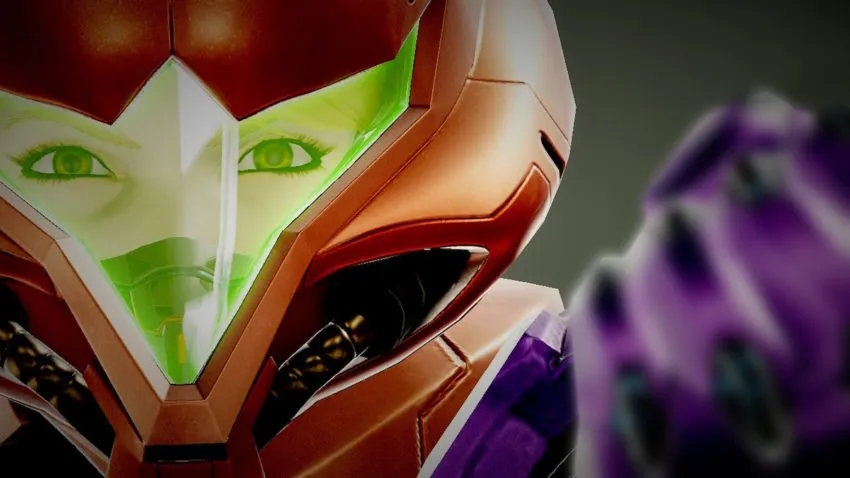
The original Metroid on NES came during a period of time where there was a certain predictability and known quantity to what video games would throw at players, but it still had all of the aforementioned traits. Compared to many of Nintendo’s other offerings, it was revolutionary even just for the novelty of having to go left on the screen instead of just right, while also introducing the elements of surprise, fear, and isolation. It depicted all of these feelings despite the limited graphics and audio capabilities. With the Metroid music, there weren’t any heroic tunes meant to recall real-life instruments, but rather discordant and eerie noises that fully embraced an electronic sound.
Calling Metroid Dread a “return to form” may be a bit of a cliche, but the Switch title is a shining example of how to truly modernize a classic series without extensive cutscenes or gimmicky new gameplay styles. Dread embraces the atmosphere, visuals, and sounds of the older Metroids while very much bringing it to the 2020s with the current technology at hand. This is what Metroid has been and should be, with a silent but expressive Samus Aran as our vehicle. Now that Dread has gotten a proper Metroid in the hands of so many who may never have experienced it, perhaps Nintendo fans can finally see Metroid for the true gameplay and storytelling gem that it is.

